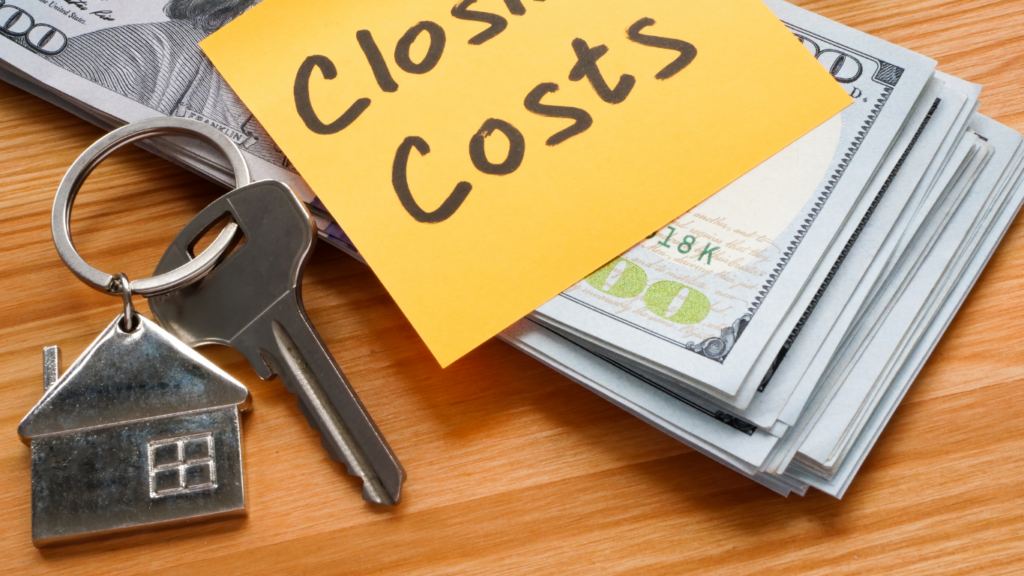Overview of Rising Construction Costs
Labor shortages and increased material prices fuel the surge in construction costs. Skilled labor is in high demand, pushing wages up. According to the U.S. Bureau of Labor Statistics, construction labor costs have increased by 5% annually over the past few years. Materials like lumber, steel, and concrete have seen significant price hikes due to supply chain disruptions and tariffs. For instance, lumber prices soared more than 300% during the pandemic.
Transportation costs add another layer of expense. Fuel prices and logistical challenges have risen, contributing to higher delivery costs for construction materials. These costs trickle down to the final home price.
Regulatory costs have also risen. Stricter building codes and environmental regulations mean that new builds now undergo more rigorous, time-consuming, and costly processes. According to the National Association of Home Builders, regulatory costs account for roughly 24% of the final house price.
Technology and innovation can drive costs up initially. While tech adoption can increase efficiency in the long run, the upfront costs for new equipment and training are significant.
The cumulative effect of these rising costs makes it difficult for builders to maintain profit margins without passing the expenses on to homebuyers.
Key Factors Driving Up Construction Costs
Rising construction costs significantly impact home prices. Several key factors contribute to this increase.
Raw Material Prices
Material prices, including lumber, steel, and concrete, have surged. For example, lumber prices climbed over 300% in 2021. Factors like supply chain disruptions and global demand spikes influence these price fluctuations.
Labor Shortages
Labor shortages in the construction industry exacerbate cost increases. Skilled labor is in high demand but short supply. This shortage drives up wages, impacting overall project expenses. During 2022, the U.S. faced a shortfall of around 430,000 construction workers.
Regulatory Changes
Regulatory changes also contribute to rising construction costs. Compliance with updated building codes and environmental standards requires additional investment. These changes often mandate the use of new materials or construction methods, further driving costs up.
This surge in construction costs reshapes the home pricing landscape, making it challenging for builders to sustain profit margins without passing expenses to homebuyers.
Impact on New Home Prices
Escalating construction costs have a direct effect on new home prices. Builders pass increased expenses on to homebuyers, leading to higher prices in the market.
Increased Homebuyer Competition
High construction costs influence homebuyer competition. When fewer homes are built due to cost constraints, available inventory shrinks. Limited supply elevates competition among homebuyers. In 2021, the U.S. saw a significant increase in multiple-offer situations on homes, often resulting in bidding wars. These bidding wars drive prices further up, making new homes less affordable for first-time buyers.
Shifts in Market Demand
Market demand shifts due to rising construction costs. Affordability concerns push buyers to consider different markets or types of homes. For instance, many potential buyers gravitate towards smaller, more affordable homes or even older properties needing renovations. This trend is noticeable in suburban areas, where prices might be lower than in urban settings. Builders also focus on high-end homes where profit margins can better absorb the rising costs, further limiting affordable options for average buyers.
Regional Variations in Construction Costs

Rising construction costs don’t impact all regions equally. Variations exist between urban and rural areas and can also depend on local economic conditions.
Urban vs. Rural Areas
Urban areas often experience higher construction costs than rural regions. Labor shortages impact urban areas more due to higher living expenses and competition for skilled workers. For example, cities like New York and San Francisco face significant labor availability challenges. Material costs also tend to be higher in urban areas because of transportation and logistics complexities, contributing to elevated expenses. In contrast, rural areas often benefit from lower labor and material costs, although they may face delays in receiving construction materials.
Regional Economic Conditions
Regional economic conditions heavily influence construction costs. Strong economies with higher wages and better job opportunities, such as in California and Texas, often see increased construction costs due to higher labor expenses and demand for materials. Conversely, regions with weaker economies and lower wages may experience lower construction costs but might struggle with labor shortages and slow project completions. States with stringent building codes and regulations, like Florida (hurricane-resistant requirements), can also see elevated costs compared to those with more lenient standards.
Strategies for Homebuyers
Rising construction costs significantly impact home prices, but homebuyers can adopt strategies to navigate this challenge effectively.
Budgeting Tips
Accurate budgeting is crucial when home prices rise due to construction costs. I recommend these steps:
- Research Average Costs: Identify average home prices in the desired area. Online real estate platforms like Zillow and public records offer valuable data.
- Factor in Escalation: Include a buffer for potential price increases. Recent trends suggest a 7-10% annual rise in construction expenses.
- Prioritize Needs Over Wants: Focus on essential features. If hardwood floors or granite countertops inflate the budget, consider more affordable alternatives.
- Seek Pre-Approval: Obtain a mortgage pre-approval to understand borrowing limits. This ensures realistic home searches within budget constraints.
- Allocate for Unexpected Costs: Construction price hikes can lead to unexpected expenses. Set aside 10-15% of the budget for contingencies.
Negotiation Strategies
Effective negotiation helps in securing a favorable price despite rising costs. Here are practical approaches:
- Leverage Market Conditions: When it’s a buyer’s market, use this to negotiate lower prices or added benefits like covering closing costs.
- Compare Offers: Gather quotes from multiple builders. Highlight competitive offers as leverage for better pricing or added features.
- Request Upgrades: Instead of asking for lower prices, negotiate for additional upgrades without extra costs. Builders might accommodate to close the deal.
- Time Your Purchase: Builders often offer discounts or incentives at the end of the fiscal quarter or year. Plan purchases during these periods for potential savings.
- Use an Experienced Real Estate Agent: An agent familiar with the area can provide insights on negotiating tactics and comparable homes.
Homebuyers can mitigate the effects of rising construction costs with strategic budgeting and negotiation.
Predictions for the Future
Rising construction costs are influencing future home prices. Analysts predict continued escalation in prices due to persistent material shortages, increased labor costs, and heightened regulation. Homebuyers should anticipate these trends when planning purchases.
Builders might seek ways to mitigate costs by adopting new construction technologies and materials. Prefabrication, 3D printing, and modular construction could become more prevalent, reducing traditional construction time and costs. These innovative approaches, while initially expensive, might offer long-term savings and stability in pricing.
Regional disparities in construction costs might widen. Areas with severe labor shortages or strict regulations may see sharper price increases. Conversely, regions with more relaxed regulations and labor availability might experience slower rates of increase.
Economic factors like interest rates and inflation will play crucial roles. High inflation could drive up both material and labor costs, further increasing home prices. If interest rates rise, borrowing costs for homebuyers will increase, potentially tempering demand. However, demand might stay strong if economic conditions improve overall.
Prospective homeowners should consider these predictors in their financial planning. Early preparation and strategic planning can help manage the impact of rising construction costs on future home prices.


 Herlindalla Hubbard has been a key contributor to Villa Estates Luxe, focusing on the integration of smart home technology within luxury villas. Her innovative ideas and expertise in modern technological trends have enriched the platform’s content, highlighting how these advancements can enhance luxury living and provide added convenience for homeowners. Herlindalla has also played a significant role in creating informative articles and resources that educate users about the benefits of smart technology in property management.
Herlindalla Hubbard has been a key contributor to Villa Estates Luxe, focusing on the integration of smart home technology within luxury villas. Her innovative ideas and expertise in modern technological trends have enriched the platform’s content, highlighting how these advancements can enhance luxury living and provide added convenience for homeowners. Herlindalla has also played a significant role in creating informative articles and resources that educate users about the benefits of smart technology in property management.